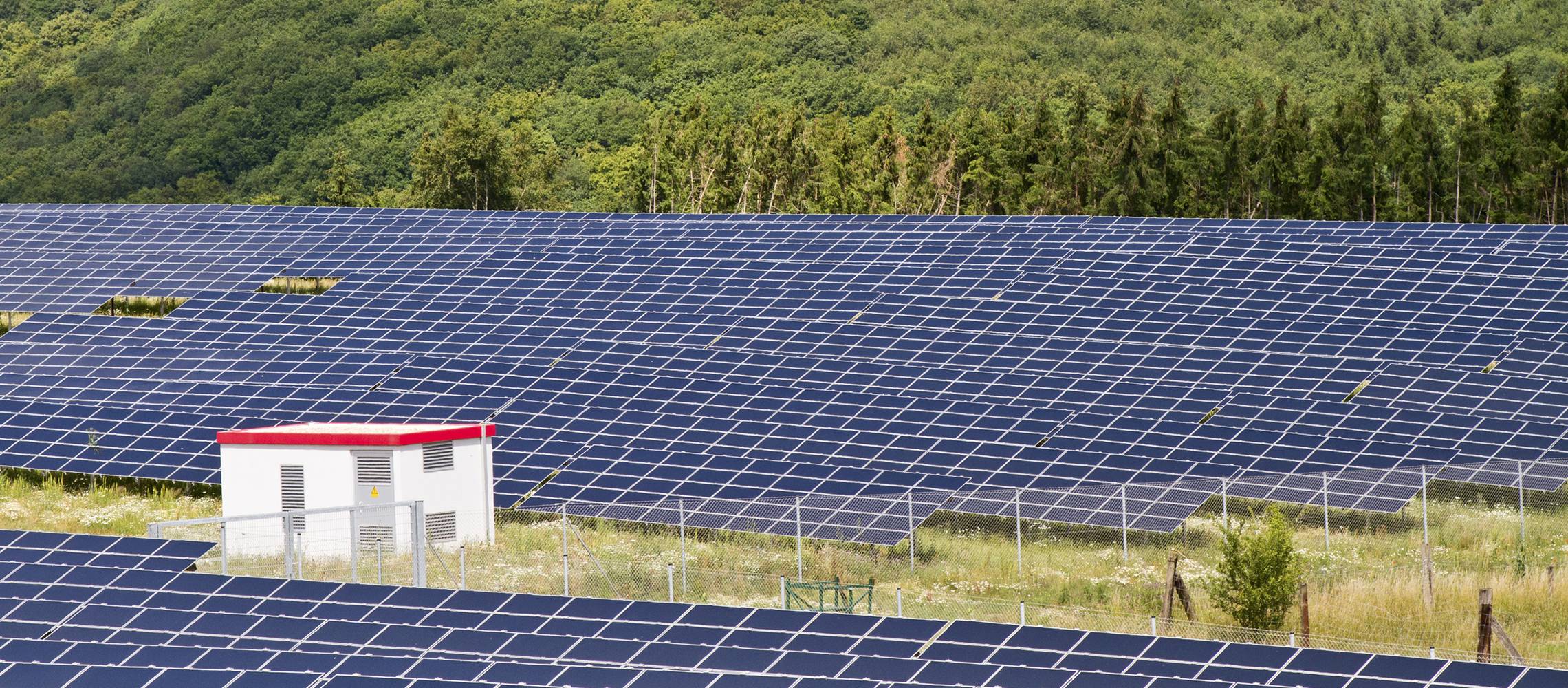Main contactors for central inverters in photovoltaic systems
Double pole CU series contactors ensure all-pole disconnection of solar panel fields and strings

Many renewable energy generation applications use DC power installations. Photovoltaic systems are a typical example. Depending on the system size, PV panels are connected together to form strings. The DC power is fed via an inverter into the distribution network, or to a battery storage system.
To adjust the output power as required, or to carry out maintenance work, it has to be possible to switch off individual solar panel strings. In the past, this was done via manually operated DC switching devices in the inverter. But since the switch cabinets may be spread out over a large area, switching strings on and off can take a considerable amount of time. Now contactors are increasingly used, offering numerous advantages: since they can be operated remotely, automated switching operations can take place in the central inverter. Thus the string connections can be modified to increase the system’s efficiency. In addition, if output is too low, and to allow maintenance work, the strings can be disconnected from the inverter.
What task do the CU contactors perform in the inverter?
CU series power contactors have been specially developed for solar power systems. The double pole design ensures all-pole disconnection of the solar panel field and string. They are used as a unidirectional main contactor, and in the event of a short-circuit can withstand the short-circuit current until the fuse trips, without damage or welding.
Why CU series DC contactors are used in central inverters:
- Compact and robust
- Reliably switch the maximum operating current as well as fault currents, with low wear throughout their service life
- Continuous thermal current 1,200 A
- The contactors are low-maintenance, saving system costs
- The electronic economy circuit ensures low power dissipation and hence also increases the energy efficiency of the system (inverter).
Note
The CT1000 power contactor is also used as the main contactor in many central inverters for photovoltaic systems and wind farms.
